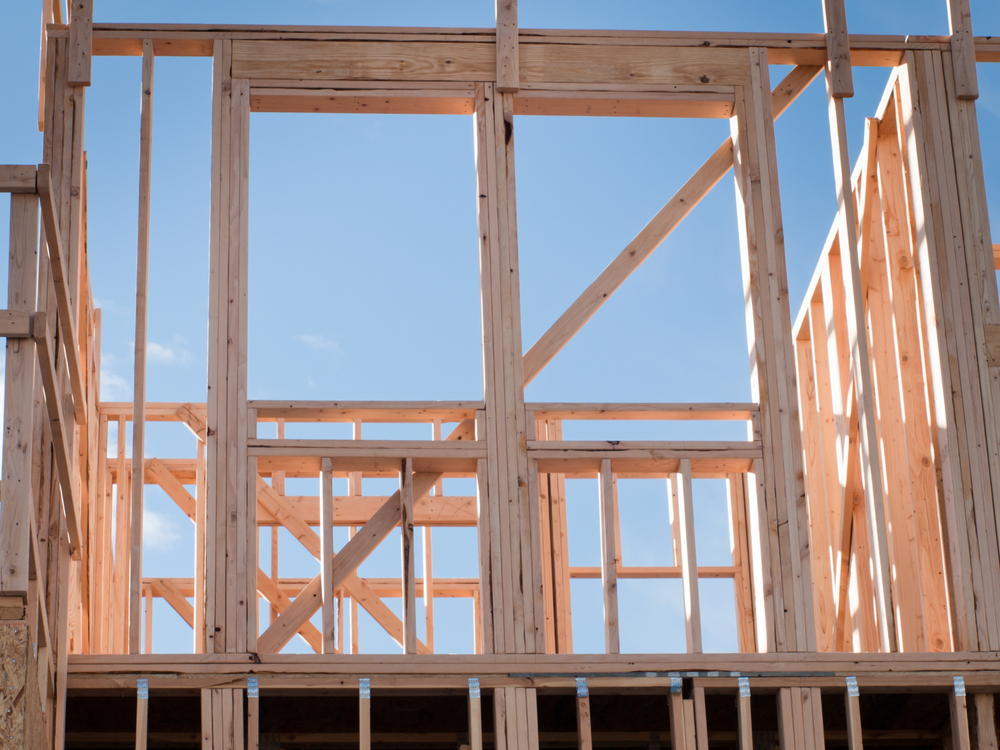Soaring lumber prices in USA that have tripled over the past 12 months has caused the price of an average new single-family home to increase by $35,872, according to new analysis by the National Association of Home Builders (NAHB).
This lumber price hike has also added nearly $13,000 to the market value of an average new multifamily home, which translates into households paying $119 a month more to rent a new apartment. Further adding to affordability woes, building material prices have by and large been steadily rising since 2020 and were up across the board in March.
The latest Random Lengths prices as of the week ending on April 23 show the price of framing lumber near $1,200 per thousand board feet — up nearly 250% since last April when the price was roughly $350 per thousand board feet.
NAHB calculated these average home price increases based on the softwood lumber that goes into the average new home, as captured in the Builder Practices Survey conducted by Home Innovation Research Labs. Included is any softwood used in structural framing (including beams, joists, headers, rafters and trusses), sheathing, flooring and underlayment, interior wall and ceiling finishing, cabinets, doors, windows, roofing, siding, soffit and fascia, and exterior features such as garages, porches, decks, railing, fences and landscape walls.
These unprecedented lumber price hikes are attributable to the following factors:
- Many mills reduced production last spring due to stay-at-home orders and social distancing measures enacted by state and local governments at the onset of the coronavirus pandemic.
- When it became clear in the ensuing months that housing weathered the storm much better than predicted and demand remained strong, lumber mills did not ramp up production accordingly.
- Moreover, producers did not anticipate the massive uptick in demand from do-it-yourselfers and big box retailers during the pandemic.
- Finally, the extreme lumber price volatility has been exacerbated by tariffs on Canadian lumber imports into the U.S. market.
As lumber prices remain stubbornly high, NAHB continues to work relentlessly with the White House, Congress and lumber producers to increase production and bring prices lower. This is the top priority for the association.
